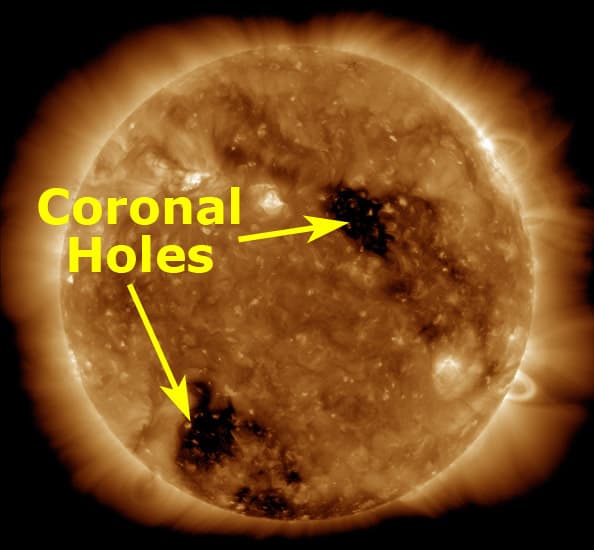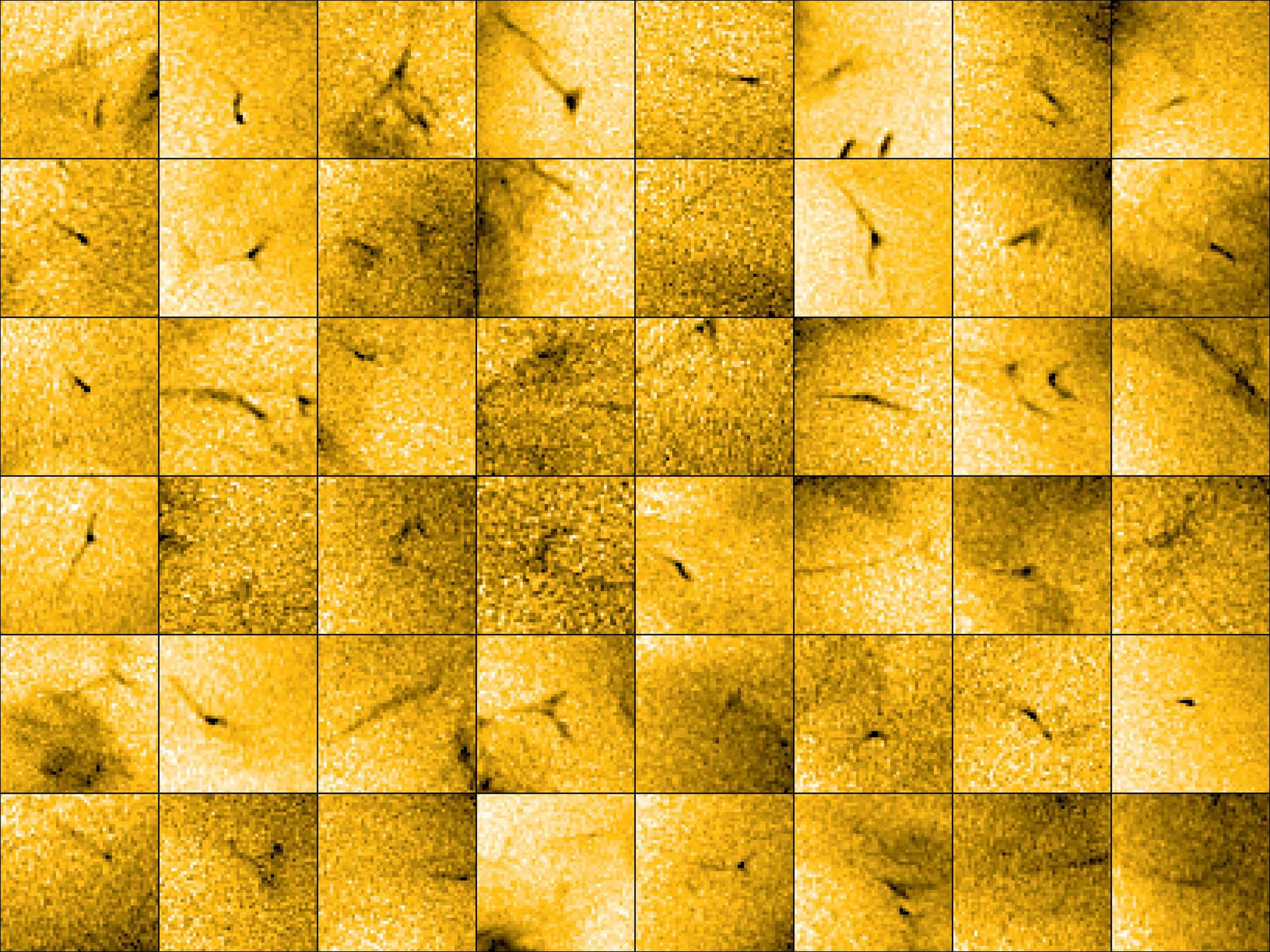
The Solar Orbiter spacecraft, widely regarded as the most complex scientific laboratory ever to have been sent to the sun, has unveiled tiny jets of material erupting from the sun’s outer atmosphere. These brief jets, each only lasting between 20 and 100 seconds, expel plasma at speeds around 100 km/s (62 mi/s). Astronomers now believe there’s a good possibility that these jets could be the elusive source of the solar wind, a continuous flow of charged particles that escape from the sun and travel through space, influencing celestial bodies like Earth.
The Search for Solar Wind’s Origin
The plasma-rich solar wind plays a fundamental role in our solar system. It extends outward, colliding with objects in its path and producing phenomena like stunning auroras when interacting with Earth’s magnetic field.
Despite its significance, understanding where and how the solar wind originates near the sun has remained a scientific challenge for decades. The Solar Orbiter, equipped with advanced instrumentation, has taken a significant step toward unraveling this mystery.
For instance, the Solar Orbiter is equipped with the Extreme Ultraviolet Imager (EUI) instrument, a suite of remote-sensing telescopes that can image at high resolution the structures in the solar atmosphere from the chromosphere to the corona. High-resolution images captured by EUI on March 30, 2022, reveal faint and short-lived features near the sun’s south pole that were previously elusive to other telescopes. These features are associated with the ejection of small jets of plasma from the sun’s atmosphere.
“We could only detect these tiny jets because of the unprecedented high-resolution, high-cadence images produced by EUI,” says Lakshmi Pradeep Chitta, from the Max Planck Institute for Solar System Research in Germany and the lead author of the new study.
Challenging Previous Assumptions About the Sun

For decades, scientists have linked a significant portion of the solar wind to magnetic structures called coronal holes — regions where the sun’s magnetic field extends into space rather than looping back into the sun. Plasma can follow these open magnetic field lines, streaming into the solar system and generating the solar wind. However, the question of how this plasma gets launched in the first place was never satisfactorily answered.
The assumption has always been that since the corona is so hot (its temperature spikes upwards of 2 million degrees Fahrenheit or 1.1 million Celsius), it naturally expands, allowing a portion of the corona to escape along magnetic field lines.
However, the recent findings challenge this idea. Observations of the coronal hole at the sun’s south pole where the individual jets were detected suggest that the solar wind may not originate solely from a steady, continuous flow. Instead, it seems to be produced intermittently through these jets.
“One of the results here is that to a large extent, this flow is not actually uniform, the ubiquity of the jets suggests that the solar wind from coronal holes might originate as a highly intermittent outflow,” says Andrei Zhukov, Royal Observatory of Belgium, co-author of the new research.
These small jets each carry a modest amount of energy. For context, X-class solar flares represent the highest energy events, while nanoflares are on the lower end. The newly discovered jets have even less energy than nanoflares, expelling around a thousand times less energy. Despite their limited energy, their ubiquity suggests that they contribute a significant portion of the material constituting the solar wind.
All of this marks a significant step toward understanding the solar wind’s origins — but there’s still much to learn. Solar Orbiter’s orbit will gradually shift towards the polar regions, offering a fresh perspective on these tiny jets. With time, the spacecraft’s evolving orbit and the changing solar activity will provide new insight into the dynamics of the solar wind’s production process. This information could potentially extend beyond our solar system, shedding light on similar processes occurring in other stars’ atmospheres.
The findings appeared in the journal Science.






